In which, Behavior Change Communication (BCC) is identified as a key and sustainable solution.
Behavior change communication is an essential strategy to help people raise awareness, understand the routes of HIV transmission and effective prevention methods, thereby self-regulating their behavior. Through communication, messages such as correct condom use, regular HIV testing, early and proper ARV treatment are spread to the community, especially high-risk groups. In addition, communication also plays an important role in reducing stigma and discrimination against people living with HIV, helping them boldly access medical and social services, thereby increasing the effectiveness of treatment and preventing new infections.
In 2024, thanks to the synchronous implementation of communication activities and harm reduction interventions, Dak Lak has achieved some positive results in implementing the 95 - 95 - 95 target according to the guidelines of UNAIDS (Joint United Nations Programme on HIV/AIDS): 68.8% of people infected with HIV know their status; 81.8% of them are being treated with ARV drugs; 99.4% of people on treatment have viral loads below the suppression threshold. Accordingly, specific activities implemented by the Provincial Center for Disease Control include: free distribution of 776 condoms, 120 syringes and lubricants to drug addicts, female sex workers and MSM (men who have sex with men).
Illustration |
However, HIV/AIDS prevention and control still faces many challenges. Stigma and discrimination make many people afraid to get tested and treated, especially in remote areas. Meanwhile, the shift in the pattern of sexual transmission requires media content to be adjusted to be more friendly and accessible to young people. In addition, recent cuts in international aid have affected the continuity of community communication programs.
To improve efficiency, priority should be given to the following solutions: applying digital technology in communication to reach young people flexibly and effectively; increasing voluntary HIV counseling and testing, combining online communication to detect infected people early; training and maintaining a team of specialized staff and medical collaborators, acting as a bridge to bring services to risk groups. At the same time, strengtheneducation on gender, reproductive health and HIV/AIDS prevention and control in schools, forming early prevention awareness; mobilizing the participation of religious organizations, unions, businesses and mass media, creating a spreading effect throughout society.
In the context of restructuring the organizational model according to two-level local government, the Provincial Center for Disease Control will play a role in directing HIV/AIDS prevention and control activities at the grassroots level. Some effective communication models that can be applied and replicated in Dak Lak include: "K=K" campaign (Undetected = Untransmitted): emphasizing the scientific message that people with HIV who are regularly treated with ARV and have a viral load below the suppression threshold will not be at risk of sexual transmission; Community outreach collaborator model: building a network of propagandists in risk groups such as MSM, drug users, etc.
Nguyen Cong Thanh
Source: https://baodaklak.vn/y-te-suc-khoe/202507/tang-cuong-truyen-thong-thay-doi-hanh-vi-giai-phap-quan-trong-trong-phong-chong-hivaids-dd314d7/


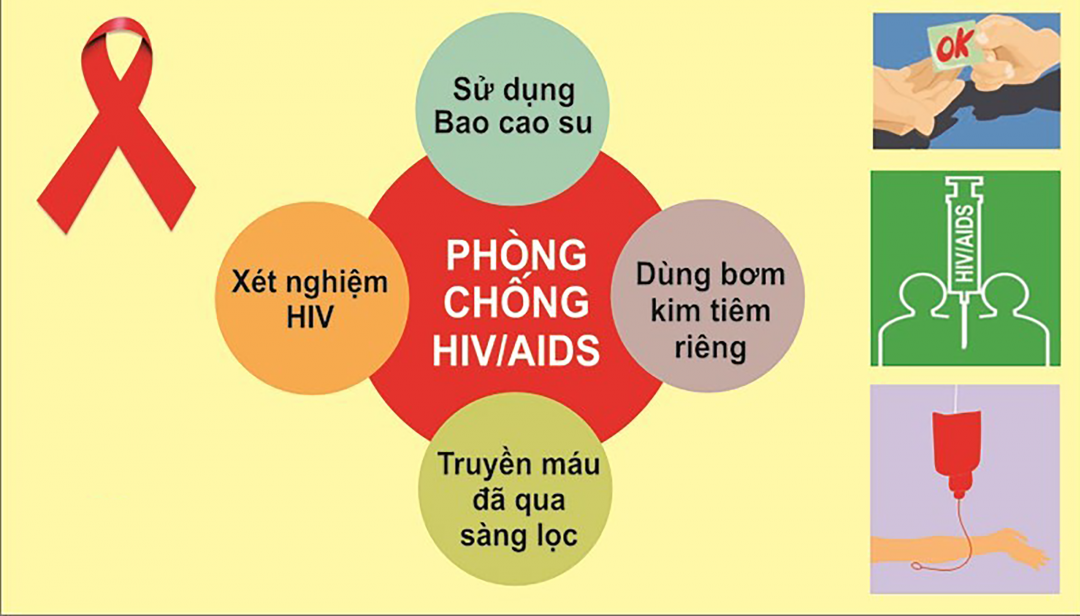

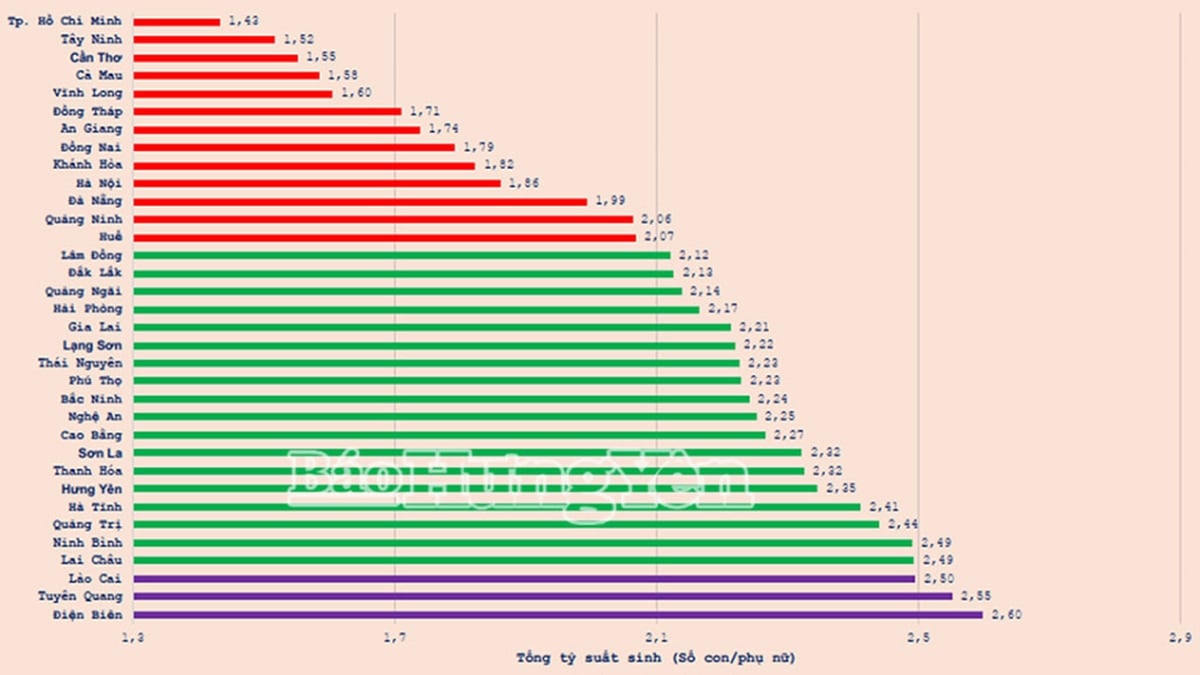


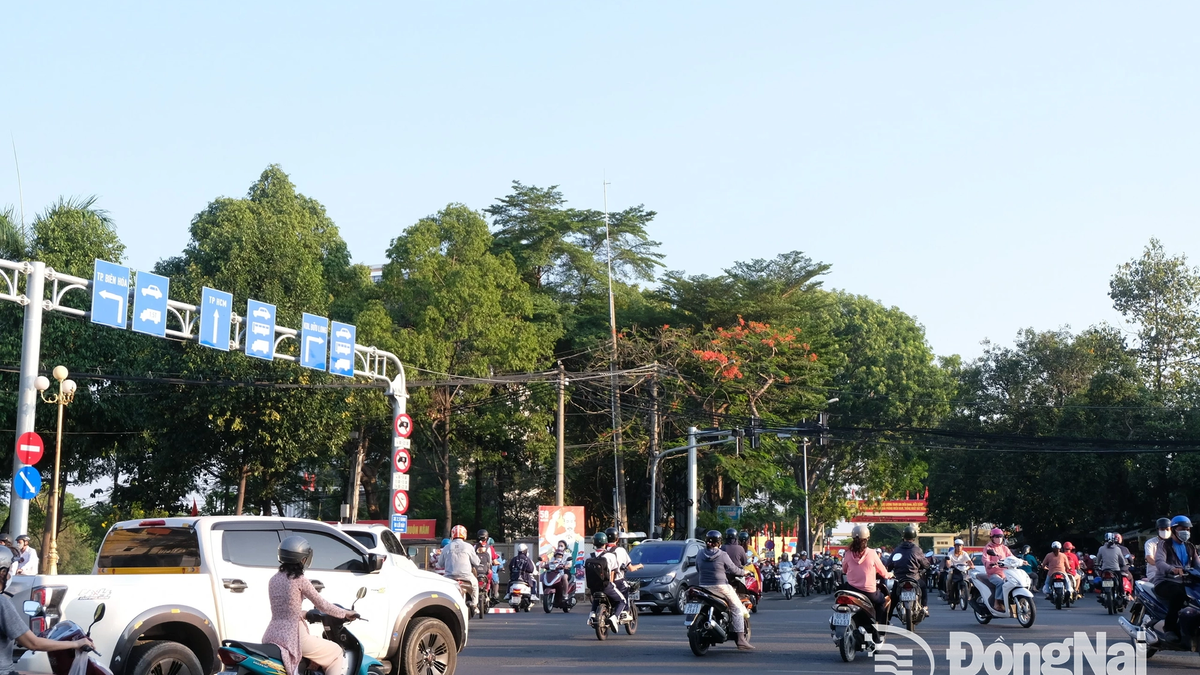



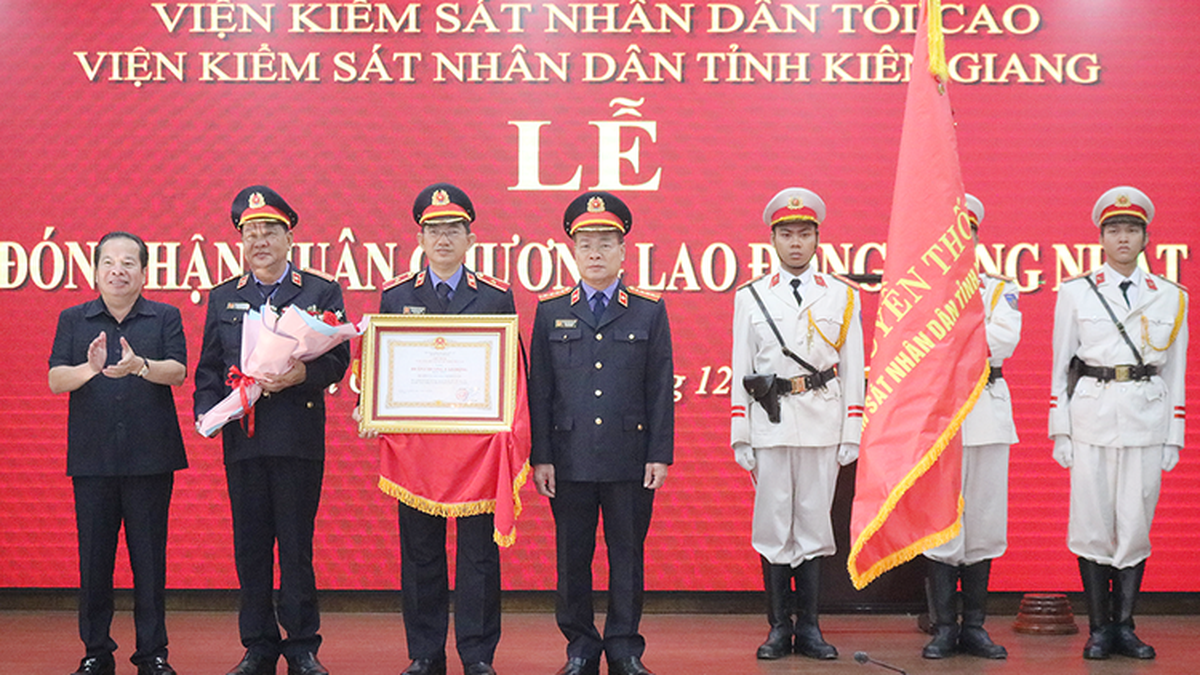















































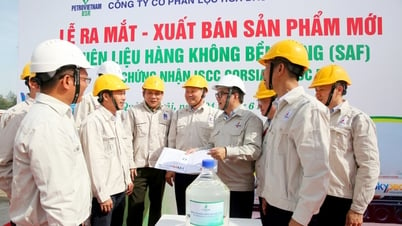




![[Maritime News] More than 80% of global container shipping capacity is in the hands of MSC and major shipping alliances](https://vphoto.vietnam.vn/thumb/402x226/vietnam/resource/IMAGE/2025/7/16/6b4d586c984b4cbf8c5680352b9eaeb0)













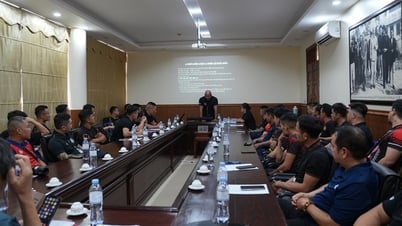























Comment (0)